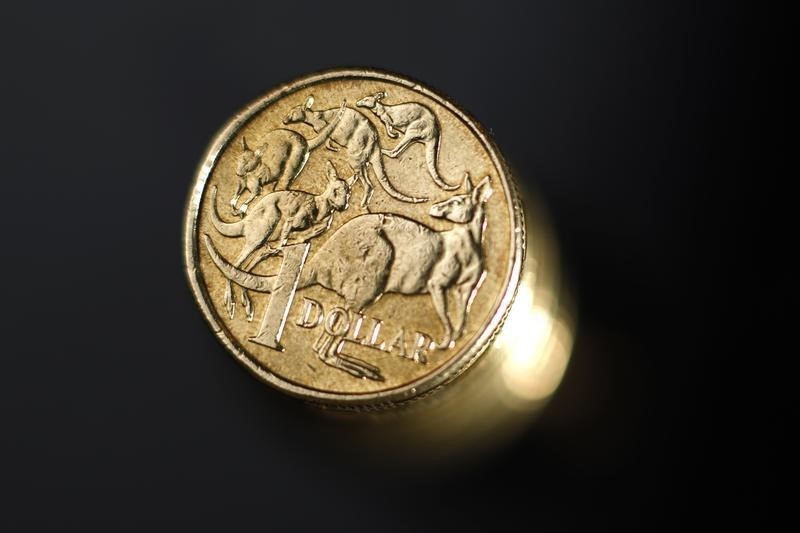By Cecile Lefort and Gyles Beckford
SYDNEY/WELLINGTON, Aug 11 (Reuters) - The Australian and New Zealand dollars fell sharply on Tuesday after China surprised by weakening the yuan to help lift soggy exports, while the Canadian dollar muscled in after a spike in oil prices.
The Australian dollar AUD=D4 skidded around 1 percent to $0.7343, from a three-week peak of $0.7440. It was edging closer to a six-year trough of $0.7234 touched last month. Immediate support was found around $0.7314, the 76.4 percent retracement of the $0.7234-$0.7440 climb.
The slide came after China's central bank allowed its yuan to fall to levels last seen in 2012 and said it was aiming for a depreciation of 2 percent.
"This looks like a move to a more open market policy," said Stephen Innes, senior dealer at OANDA Australia and Asia Pacific. "Given this development, we can look for USD strength regionally against other currencies."
The market often uses the Aussie as a liquid proxy to hedge against weakness, or wager on strength, in China.
The Aussie had already come under pressure on Monday as a rally in crude oil triggered a jump in the Canadian dollar. The market has recently been very short of the Canadian currency against its Australian counterpart.
The Aussie has shed one cent and a half to C$0.9600 this week, having touched a three-month peak on Monday. The kiwi was in no better shape, down 1.3 percent in two sessions to C$0.8570.
Not helping the Aussie was a survey showing local business confidence and conditions weakening in July in spite of relatively healthy sales and profits.
Likewise, the New Zealand dollar NZD=D4 slipped 0.9 percent to $0.6559, pulling closer to a six-year low of $0.6490 set last week. Support was found around $0.6550.
The euro jumped one full cent NZ$1.6734, nearing a recent peak of NZ$0.6816.
New Zealand's monthly electronic card retail sales rose 0.4 percent in July over June, with expectations growth will stay modest as the impact of lower dairy prices flows through to consumer behavior.
New Zealand government bond yields were as much as 2.5 basis points higher.
Australian government bond futures fell, with the three-year bond contract off 1 tick at 98.010. The 10-year contract was down 3.5 ticks to 97.1550 leading to a bearish steepening of the curve.
